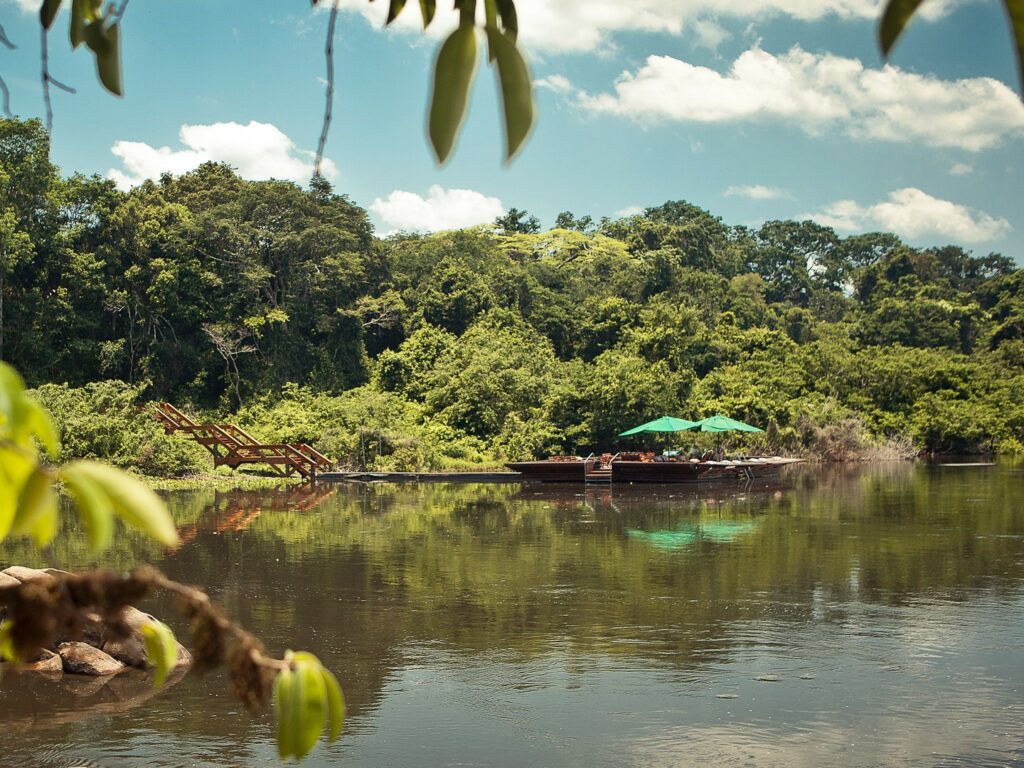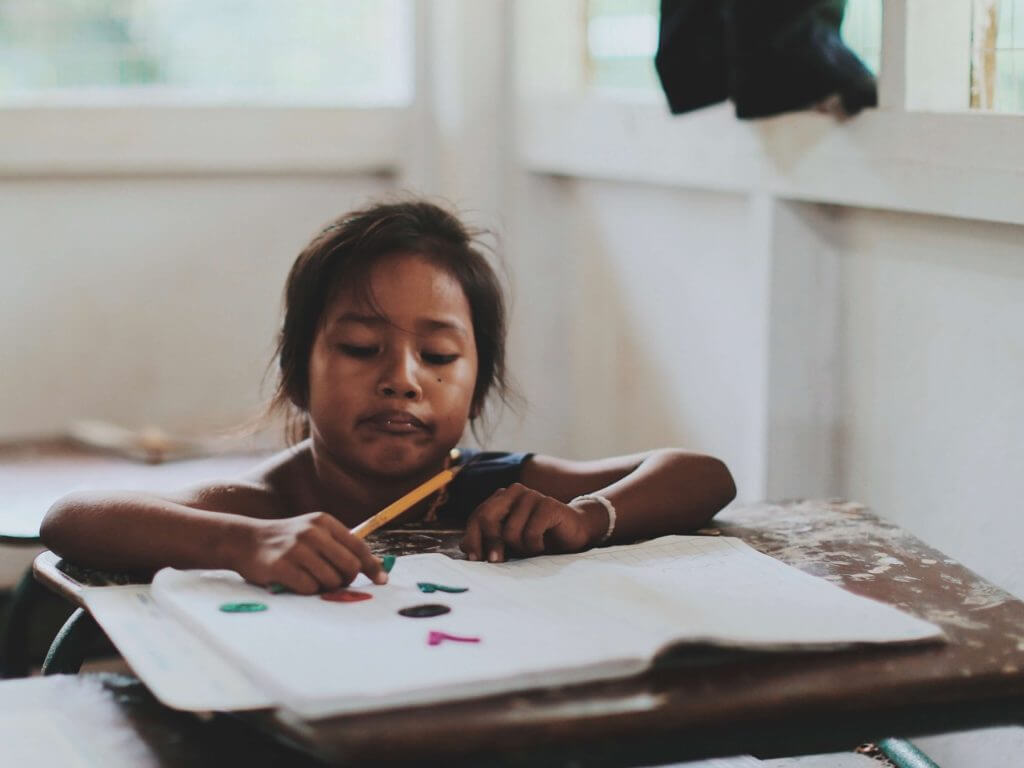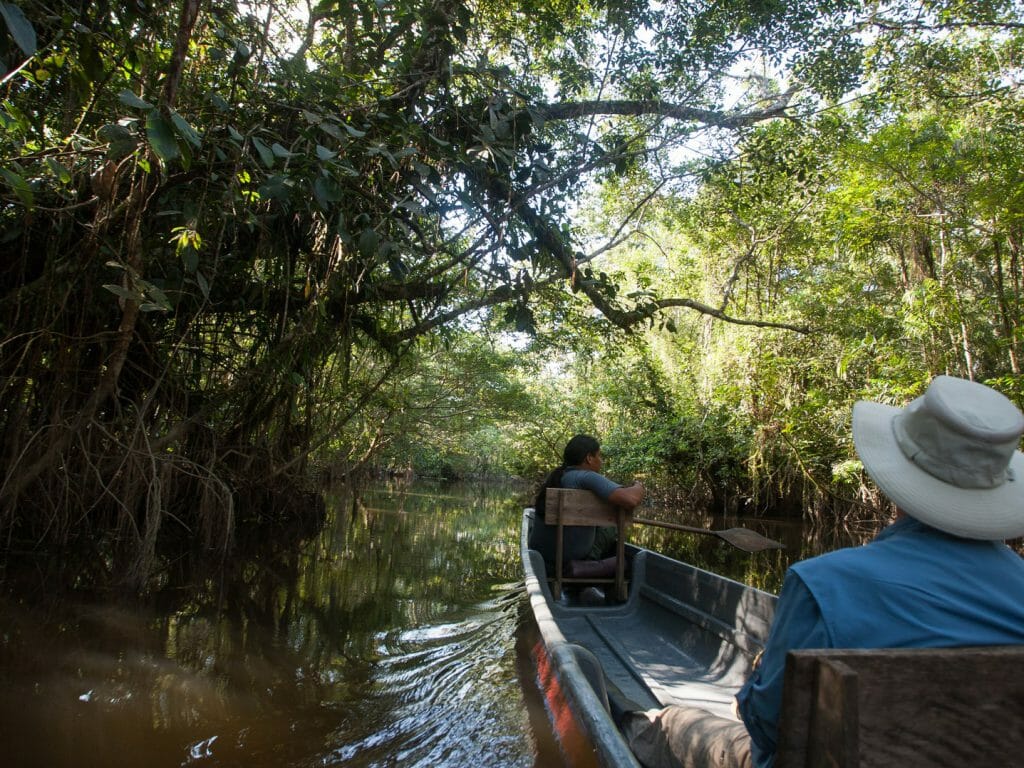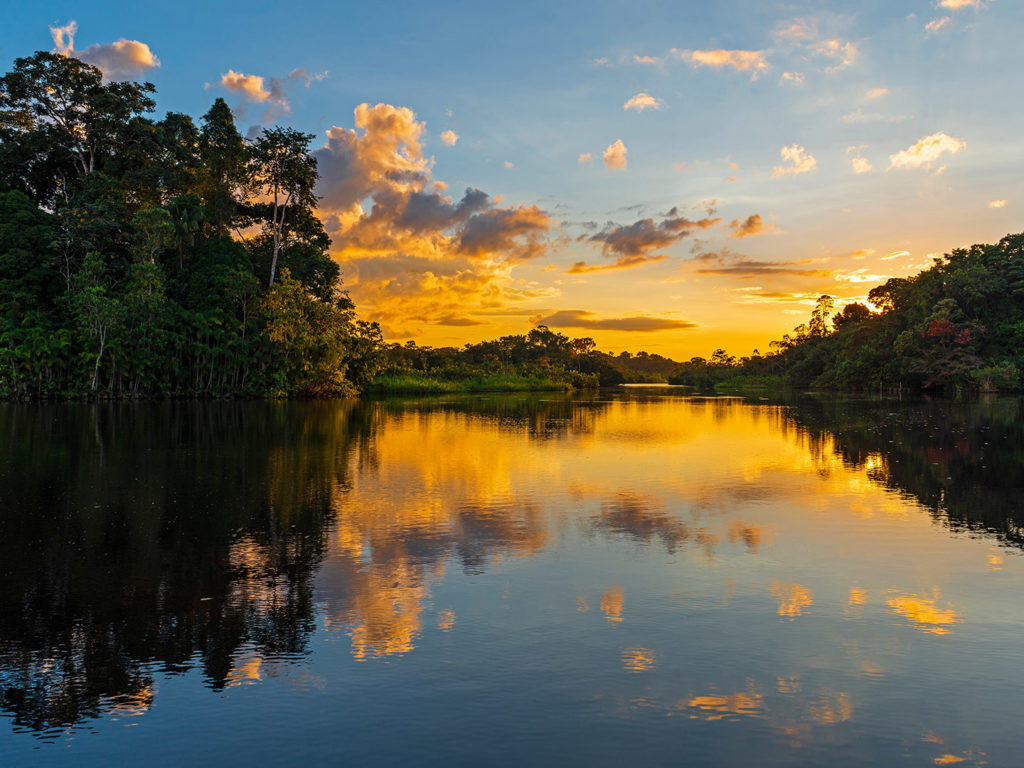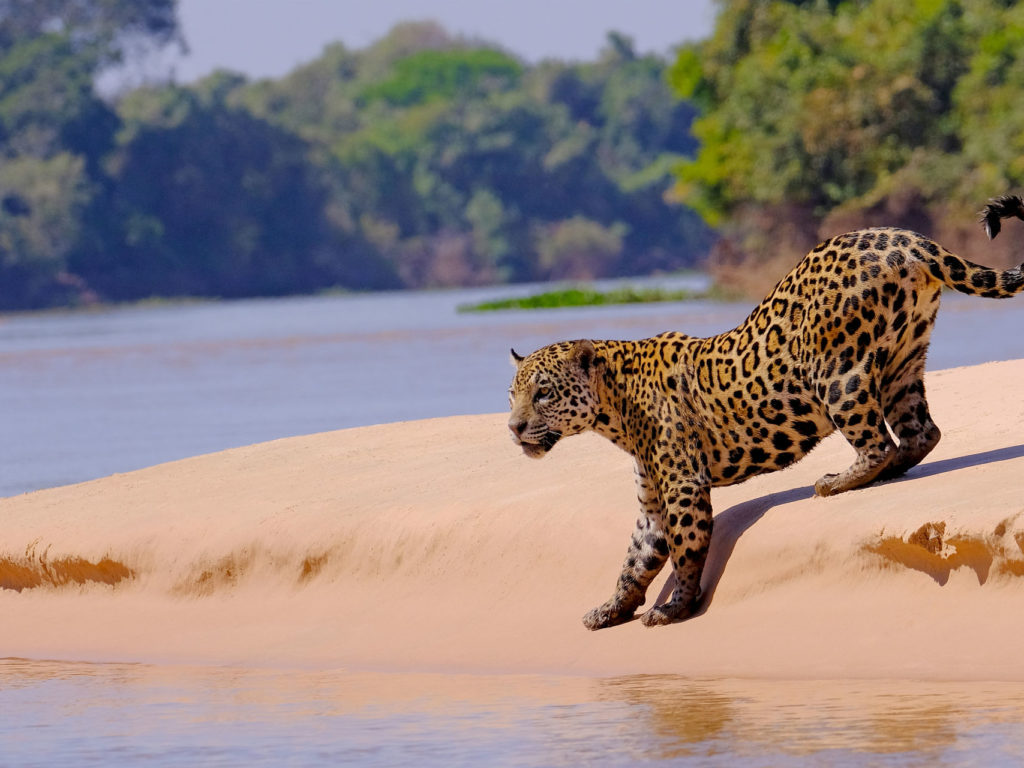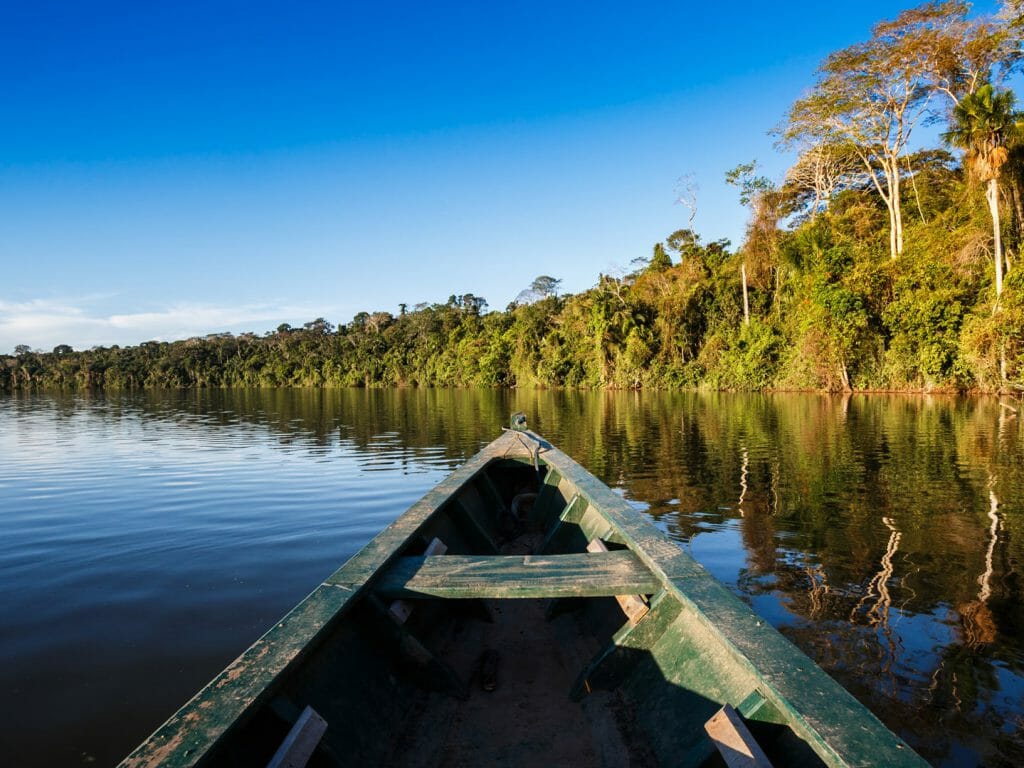The immigration officer smiled welcomingly, stamped my passport and waved me into his country, more interested in the music which was blaring out of his phone. This low key and unassuming start to my short stay in Bolivia in no way prepared me for the heights that I was to scale.
Bolivia is a rougher place to travel than its southern neighbour Chile, but offers the most authentic South American experience, with the highest proportion of indigenous people, a strong traditional culture and defies its stereotype of being a high Andean nation – sixty per cent of Bolivia is in the Amazon.
Having just crossed from northern Chile – Chile and Bolivia have maintained only consular relations since 1978 when territorial negotiations failed and Bolivia decided to sever diplomatic relations with Chile – I was not in the Amazon but what are known as the southern deserts of Bolivia. In particular, the mind-blowing Eduardo Avaroa National Reserve. It is breathtaking, in part due to the altitude – the air is that much thinner at 4,500 metres – but in large part to the scenery. It is stunning, whether the sheer size and scale of the landscape or the texture of the colours, the subtle and variegated hues – nature at its finest.
A palette of colours as the yellow of the tufty paja brava grass, growing in clumps shaped like oversized burrs, and the bright green of llareta contrasted with the softer hues of yellow, ochre, brown, red and pink dramatically offset by the white of the snow and the intense dazzling blue of the sky. It is a panoramic paradise whichever way you turn and I am hugely thankful for digital photography as I ask to stop, the pumice clinks underfoot and I take yet another brilliant image.
Dali desert is well-named with its surreal rocks dotting a huge mountain of sand. Arbol de Piedra, an intriguing forest of stones eroded by the elements over millennia into bizarre shapes and structures. Laguna Colorada is out of this world with its vivid red contrasting so brilliantly with the white of the baurex. In spite of its sulphurous smells, Laguna Hediendo is delightful with its shrill whistling flamingoes as they tiptoe through the mud.
Sol de maňana is rustic and natural with no tourist hordes or boards, except for one sign warning not to go to close to the fumaroles. Bewitched by the colours and the bubbling of the mud, I step too close in search of that perfect image and my left foot sinks into soft boiling mud. I extract it hastily with a squelch the mud caking my shoe in a grey gloop and scalding my foot in the process.
We barely saw another car the whole day. Bolivia has a population of ten million and thus with an area of one million square kilometres – five times the size of the UK – it is one of the most sparsely populated countries in the world. That was so apparent in the Eduardo Avaroa Reserve where we saw no sign of human habitation. Only a few hardy creatures eking out an existence that looked like characters from Alice in Wonderland – curious and befitting of the otherworldly nature of this bewitching landscape.
A terrified viscacha, a large rabbit-like rodent with a long tail that and fabulously flamboyant whiskers. Pouting llamas with ribbons tied to their ears. By the road, herds of vicunas, dainty camelids with elongated necks, browse unperturbed, their coats of a fur so fine and soft that would provide the chic of Fifth Avenue in Manhattan with a $25,000 coat of their own.
I have never seen landscapes that made me feel more keenly aware of the geography, geology and beauty of the planet.
In comparison I felt a little underwhelmed by my initial impression of one of South America’s undoubted highlights, Salar de Uyuni. This was in no small part due to the town of Uyuni, a downtrodden town of neglected brick buildings, that has bequeathed its name to the world’s largest salt flats that sit at a lofty 3,653 metres and blanket an amazing 10,000 square kilometres. The flats were part of a prehistoric salt-lake, which once covered most of southwest Bolivia. When it dried up, it left a couple of seasonal puddles and several salt pans, including the Salar de Uyuni. It is covered by a few metres of salt crust, which has an extraordinary flatness with an average elevation of only one metre over the entire area of the Salar. The crust serves as a source of salt and covers a pool of brine, which is exceptionally rich in lithium, containing 60% of the world’s known lithium reserves.
However, any sense of anticlimax was quickly dispelled once on the flats. Speeding across the lake at 70mph without the slightest bump was invigorating. The scene before me – an unbroken line of the horizon, a minimalist canvas of white and blue – was astonishingly beautiful. The exceptional flatness of the surface, the limitlessness of the panorama and the intensity of the light gave the surreal illusion, the dreamlike quality of driving over the sky.
In one sense the brightness, the whiteness, the shimmering were relentless and mesmerizing. In another, the difficulty of getting a feel for distance and the lack of sense of perspective were soporific. And that was before being fed.
Lunch was a whacky event. Dozens of 4x4s parked around Incahuasi, a remote stony desert island filled with cacti as opposed to palm trees, each setting out their stall of tables and umbrellas. The multi- coloured beach parasols providing their lunch patrons with much needed shade from the dazzle of the salt. My lunch was a conjured-up feast of quinoa, salad and roast llama. It was a suitably zany menu for the setting, although – and this is no lie – it could have done with a bit of salt, and Don Simon, my usually dependable driver, did not have any.
Salar de Uyuni is said to contain around 10 billion tons of salt, of which only 25,000 tons are extracted each year. It is back-breaking work for not much reward as witnessed by a desolate figure carving bricks from the salt which he sells for construction for 1 USD each. Or in the small town of Colchani, where cholita, Bolivian women dressed in local garb of pleated skirts, colourful aprons, battered bowler hats and long black plaits, sell small bags of salt for virtually nothing – 25kg of salt costs US$1.
After lunch we drove to the charming small stone village of Chentani on the edge of the lake. Picturesquely set under a volcano with a delightfully pretty campanile, Chentani gave me a sense of perspective staring back at the salt flats, the sense that I was overlooking a white, calm sea. On the far shore, I could just make out the dark silhouette of the Andes.
In the flattering light of the late afternoon sun, I step out Don Simon’s 4×4 and wander out onto the flats. The silence and stillness were uplifting but this pales into insignificance with the shimmering brilliance of the reflected light. It was bizarre and wonderful and I had the impression that I was floating on air, in some form of heavenly dream.


